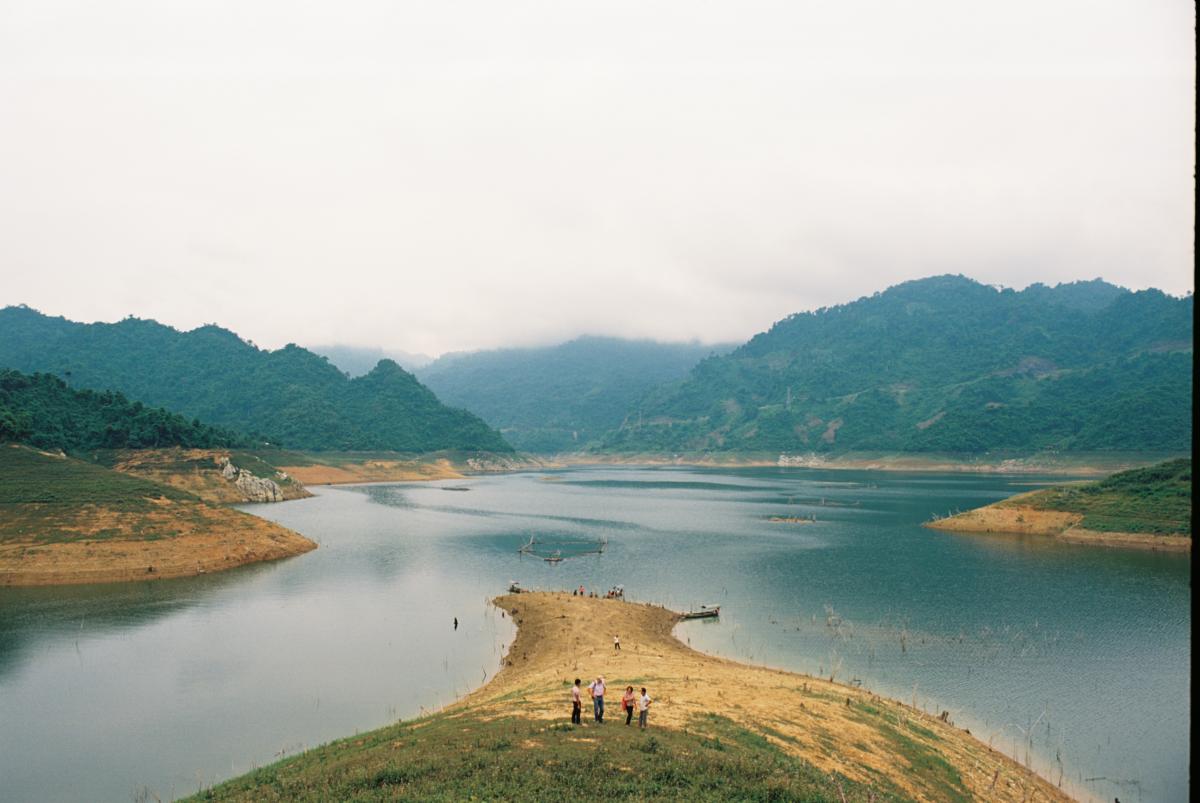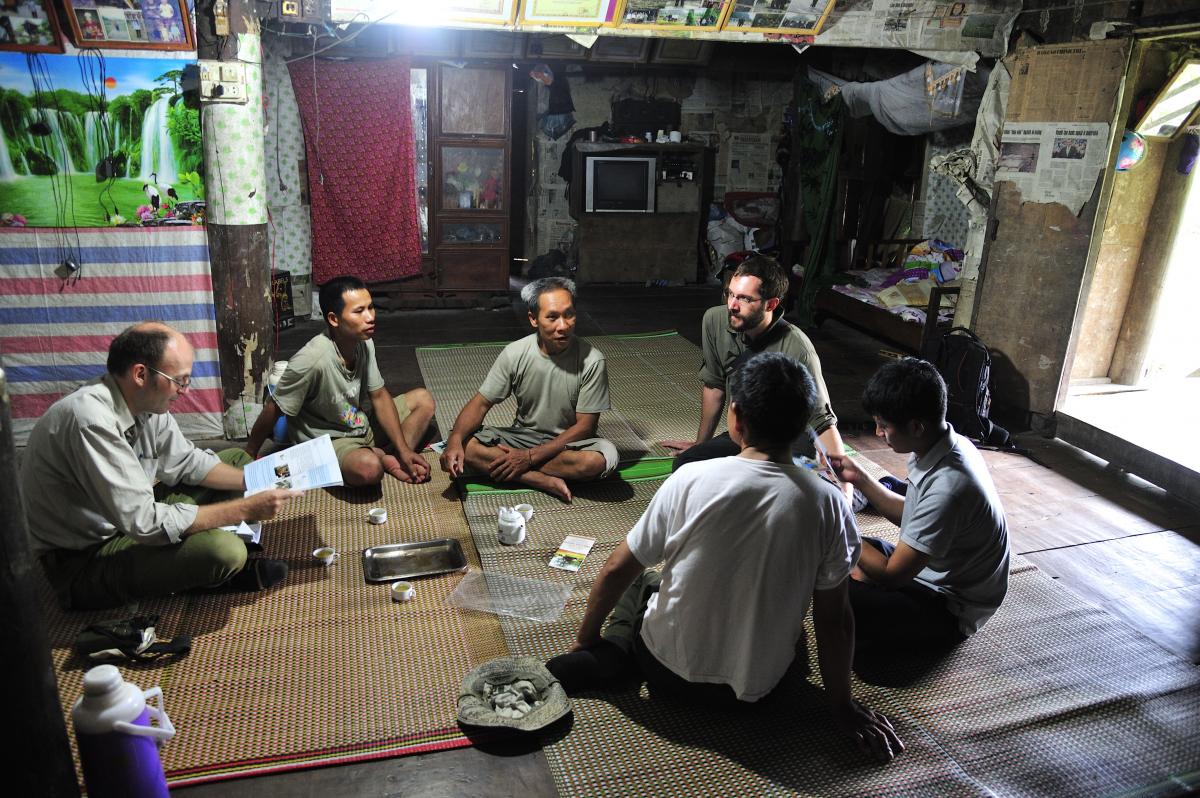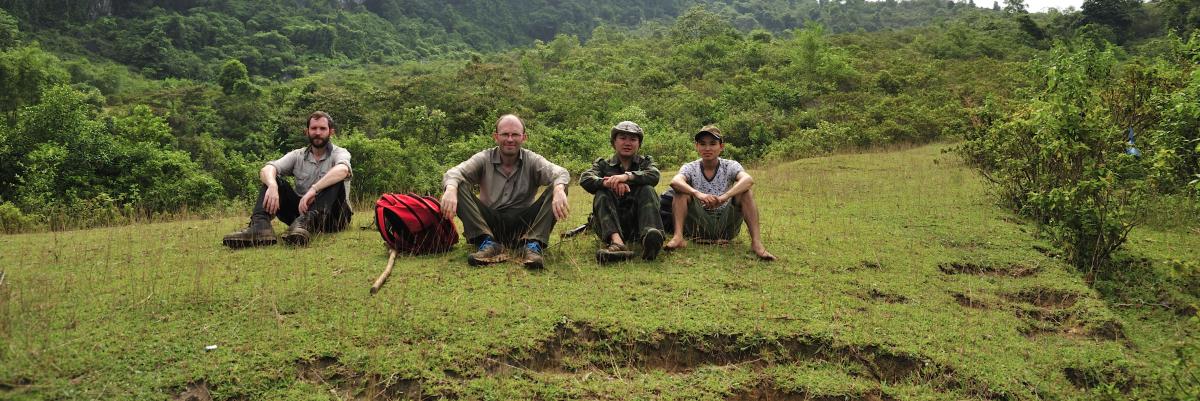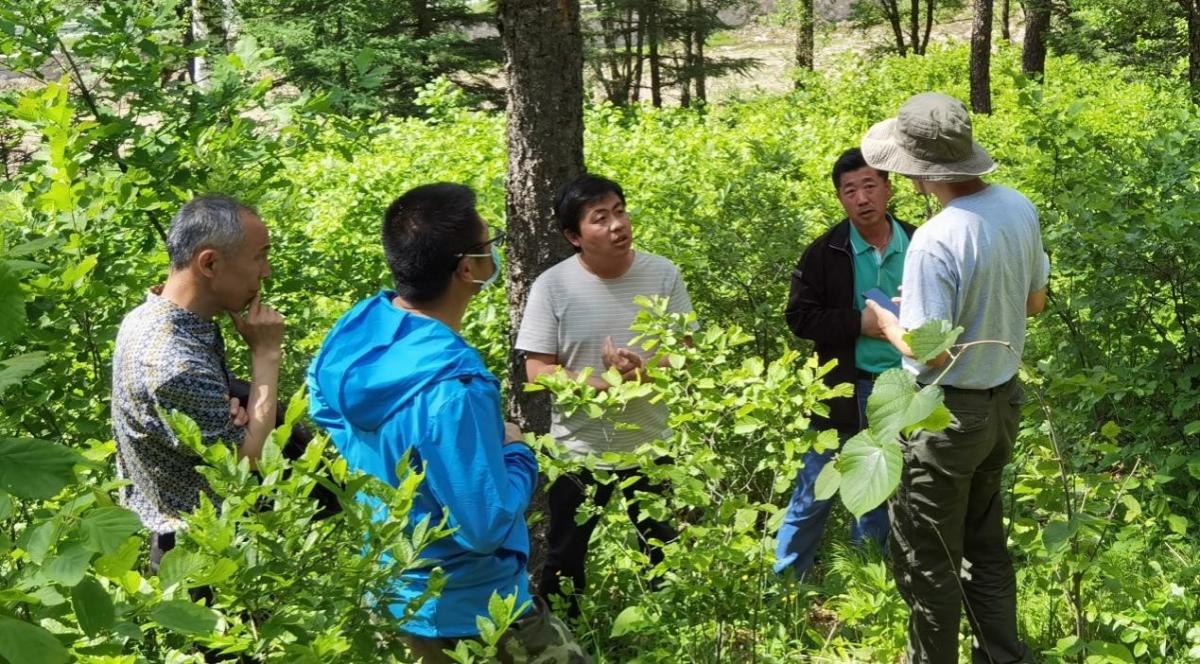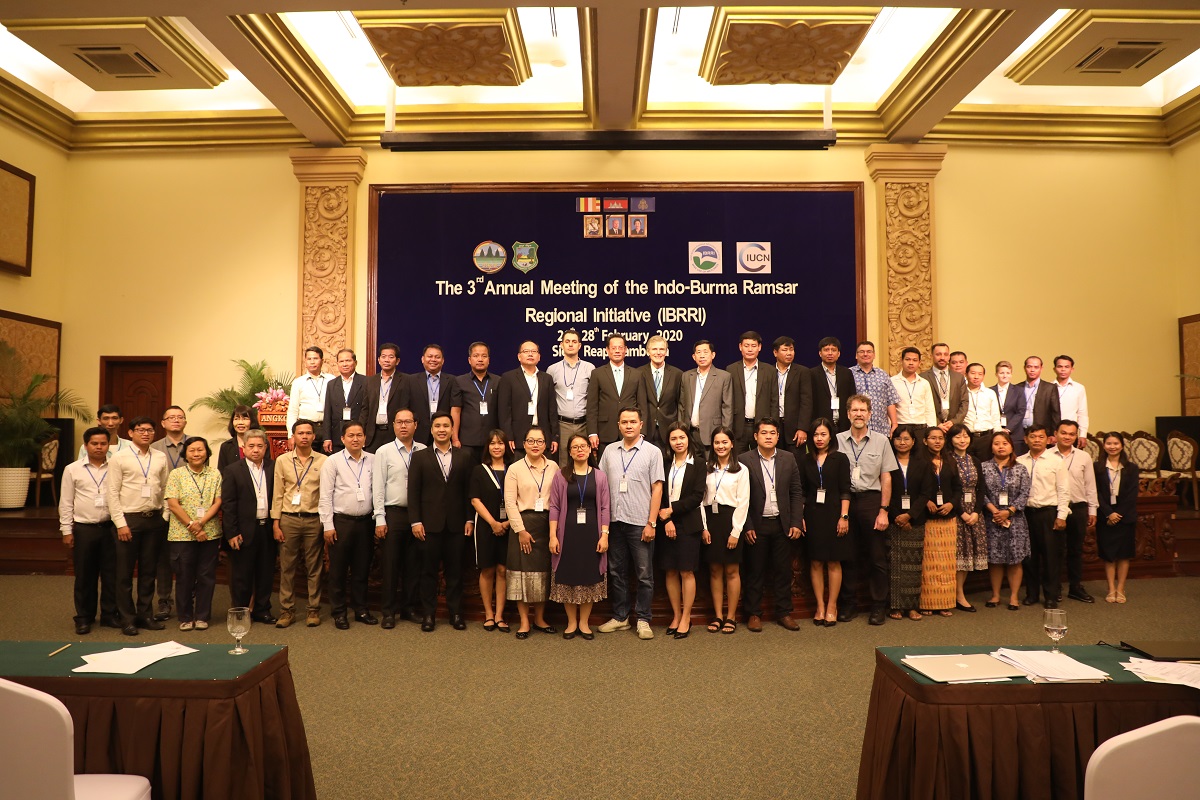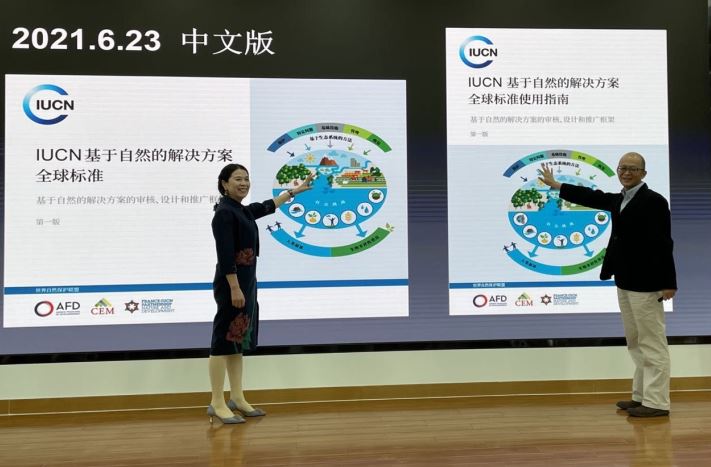Conserving the natural wealth of the Indo-Burma biodiversity hotspot
The Critical Ecosystem Partnership Fund (CEPF) in the Indo-Burma region continues to gather momentum with the launch of two new calls for proposals, the organisation of capacity building events and discussions on the grant-making mechanism’s plans for the future.
In early July, CEPF, via its Regional Implementation Team (RIT), IUCN, MERN Myanmar and Kadoorie Farm and Botanic Garden, issued its seventh and eighth calls for proposals in the Indo-Burma region. Covering all six countries of the Indo-Burma hotspot, the calls were for small grant Letters of Inquiry (LOIs) addressing CEPF Strategic Directions 4 (Empower local communities to engage in conservation and management of priority key biodiversity areas) and 8 (Strengthen the capacity of civil society to work on biodiversity, communities and livelihoods at regional, national, local and grassroots levels). The eighth call was for large grant LOIs for initiatives in Myanmar addressing Strategic Directions 4 and 6 (Engage key actors in mainstreaming biodiversity, communities and livelihoods into development planning in the priority corridors).
The RIT is currently reviewing 176 proposals following the calls and anticipates making funding decisions and sending formal response letters in November and December. The review process includes the convening of National Advisory Committees in each country.
The Managing Director of CEPF, Jack Tordoff, visited the region for five weeks in July and August. During this time the RIT held a formal Supervision Mission, conducted office visits to several grantees, held a one-day refresher training on CEPF's safeguard policies for the RIT National Coordinators (including an introduction to CEPF's new gender policy), and conducted monitoring missions to IMC's project in Quang Ngai province, WARECOD's project in Tuyen Quang province, and FFI's project in Ha Giang province, Vietnam. The RIT also met with the World Bank in Hanoi, reviewed the portfolio's performance against CEPF's global indicators and targets, and discussed IUCN's role in evolving the RIT into a “long-term implementation structure”.
“CEPF has decided that in the future they want to focus on fewer hotspots, and establish stronger implementation structures in each hotspot that can be led by the RIT or other organizations," said James Tallant, Senior Programme Officer, Species for IUCN Asia and CEPF RIT Manager. “The organisation leading the implementation becomes the steward of the long-term strategic vision for the hotspot, coordinates and supports civil society organisations and helps them prepare for future challenges.”
A number of training events were also organised with the aim of building the capacity of civil society organisations (CSOs). In Thailand, over 30 organisations from across the country participated in a workshop on project development, proposal writing and effective project implementation for biodiversity conservation. The RIT also conducted the first four of a series of six training events in Myanmar. Co-funded by the EU NSA project, the workshops focused on sustainable Natural Resources Management, and the role of CSOs and Networks in the “new” Myanmar.
The RIT has further issued four small grants to the Mekong Community Institute Association, Wild Cambodia Organization, OSMOSE, and Save Vietnam's Wildlife. The CEPF Indo-Burma portfolio now totals 120 grants (60 large and 60 small), including 95 active projects, with a total value of over US$ 10.6m.
Founded in 2000, the Critical Ecosystem Partnership Fund is a global leader in enabling civil society to participate in and benefit from conserving some of the world’s most critical ecosystems by providing grants for organisations to help protect biodiversity hotspots, Earth’s most biologically rich yet threatened areas. CEPF is a joint initiative of l'Agence Française de Développement, Conservation International, the European Union, the Global Environment Facility, the Government of Japan, the MacArthur Foundation and the World Bank.
